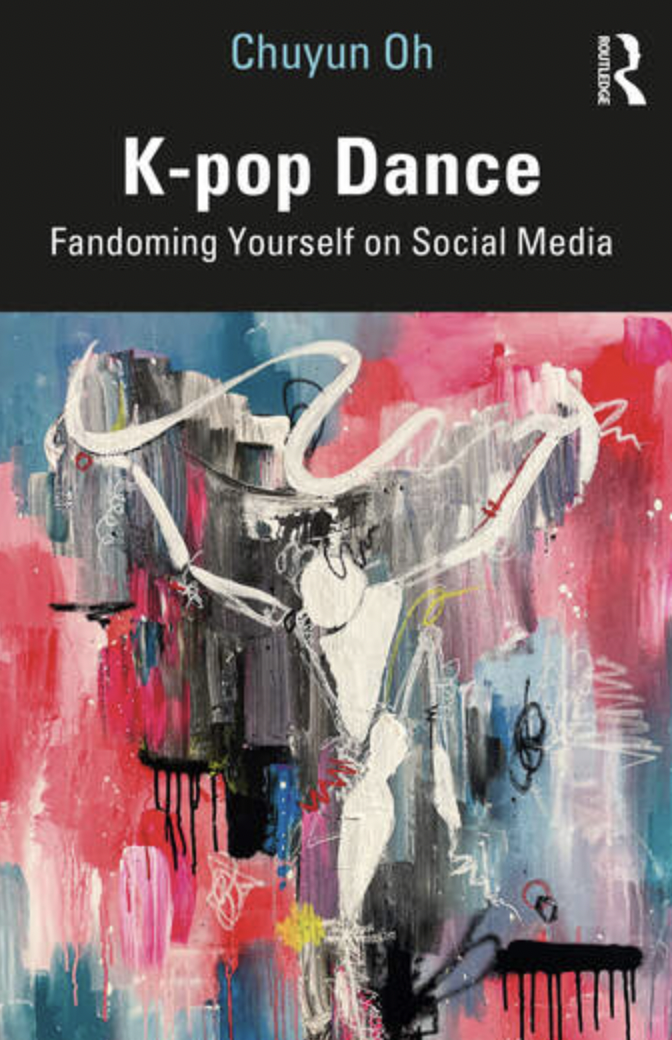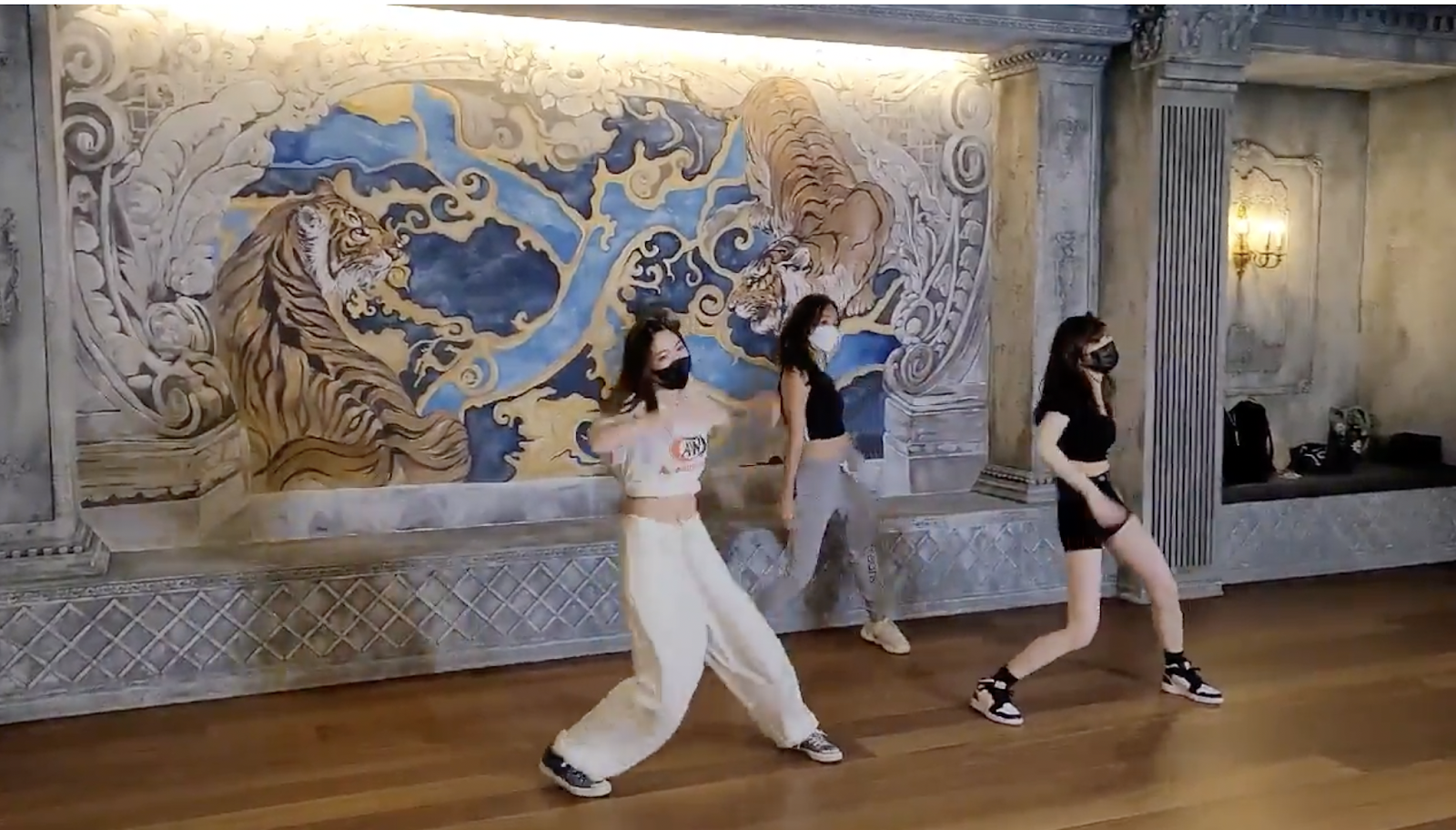- 한국어
- English
- 日本語
- 中文
- العربية
- Español
- Français
- Deutsch
- Pусский
- Tiếng Việt
- Indonesian
By Honorary Reporter Ishani Ghosh from India
Photos = Chuyun Oh
Chuyun Oh is an associate professor of dance at San Diego State University in Southern California. She trained in Korean folk dance and ballet from a young age at the Little Angels Children's Folk Ballet of Korea and Kirov Academy of Ballet. She has received awards from international events like the Nakano International Dance Competition of Japan and Seoul International Dance Competition and has also toured the world as a dancer including Korea, Japan, Austria, Germany and the U.S.
Her book "K-Pop Dance: Fandoming Yourself on Social Media" was released in July last year as the first academic book on K-pop dance. In my interview with her on July 13 via Zoom, Oh discussed K-pop dance and her book. Excerpts from the interview are below.
Why did you write your book?
I would say because of the prevailing lack of academic materials on K-pop dance and the need to discuss areas of K-pop like the spectacular dance performances that makes the genre so unique. I attempted to address these topics in the book by studying K-pop fans and cover dancers.

"K-pop Dance: Fandoming Yourself on Social Media" is considered the first academic book on the Hallyu dance genre.
What inspired you to study dance?
I used to be a ballet dancer, and my academically inclined parents suggested that I study dance to become a dance critic. After entering college, I noticed the significant lack of books on dance, which prompted me to study as well as practice dance.
My pursuit of K-pop stems from my perception of the genre as dramatically different for the global market as opposed to that of Korea. For instance, K-pop boy groups were received differently when they debuted in America due to differences in masculine beauty standards.

Chuyun Oh takes a class at YGX Academy in Seoul
.
How does your approach to performance studies differ from other scholars in the field?
Being a dancer, I provide a performer's perspective on the study of Korean pop culture. My research covers how K-pop acts and cover dancers choreograph their performances. I also try to highlight the significance of dance within performance studies.
What do you think of the increasing complexity of K-pop dance moves?
I think video editing is a big part of K-pop dance. Camera movement is so detailed and advanced that it is now part of the choreography. My book discusses how video editing has influenced K-pop choreography through the concept of "social media dance."
Because smartphone screens are a major stage for K-pop, the choreography is tailored to that environment. For example, K-pop idols mostly face front and take up a limited portion of the stage even if performing at a concert. This also influences the notion of the perfect K-pop body since slimmer dancers look better in videos.
What challenges have you faced?
The biggest challenge has been stereotypes surrounding K-pop dance. Racial stereotyping remains pervasive in Asian pop culture, not to mention academia not always taking pop culture seriously and the preconception that K-pop is not an independent dance discipline. Yet these obstacles motivate me to highlight the efforts toward creation of K-pop performances.
I cannot bring about direct change in this reality, but I believe in the power of writing. Writing and publishing a book require a slow process but make a permanent mark in dance studies.
How did you conduct your fieldwork?
I started with refugee teams in upstate New York because I was curious why they were so interested in K-pop dance. I also met one of the biggest collegiate dance teams in Southern California that happened to be a K-pop dance squad. Very few of them were Korean or Korean Americans. Through this process, I studied why dancers from varying cultural backgrounds are attracted to K-pop dance.
What can K-pop dance fans expect from your book?
I think the title of the book tells everything. The reason many dancers do K-pop cover dance is because it offers a way of "fandoming" themselves. My book explains what dance means to K-pop idols, cover dancers and fans and I hope such fans feel empowered after reading it to realize how significant their actions are.
kalhong617@korea.kr
*This article is written by a Korea.net Honorary Reporter. Our group of Honorary Reporters are from all around the world, and they share with Korea.net their love and passion for all things Korean.